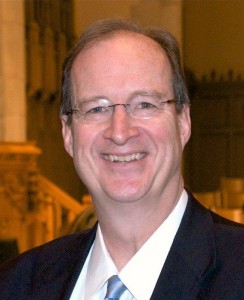An item in the recent news cycle reminded us of the enormity, complexity and urgency of the problems our community faces:
An update to a 2013 ACT Rochester/Rochester Area Community Foundation report confirmed a rising concentration of poverty in city neighborhoods and an expanding number of census tracts where the poverty rate stood at 40 percent or higher. (Democrat and Chronicle, September 21, 2016) One-third of Rochester residents live in poverty and another one-third require some form of assistance. Those figures reverse themselves in suburban communities. As Edward Doherty, the author of the poverty report and update, said, “we don’t really have a poverty problem. We have a concentration of poverty problem.”

It was the original RACF report that first got the attention of Great Schools for All. GS4A has become convinced that it is the concentration of poverty in our city, more than any other factor, which contributes to low achievement and low graduation rates. It is not about how much families care, or how hard children work. It is not about RCSD capacity to change, to somehow do better, though there will always be issues of functionality and capacity facing any large urban school district.
From the very start, GS4A’s agenda has been shaped by the evidence that concentrated poverty is the key difference-maker in achievement and graduation. That’s why we read the recent news with such interest, and such concern.
It is very true that many in our community are talking about poverty like never before. That is good. We were heartened by the launch of the Rochester-Monroe Anti-Poverty Initiative (RMAPI), and were pleased when several GS4A reps were appointed to the education team. We fully agree with these commitments found in the RMAPI report:
“Investing in evidence-based initiatives to address the impact of poverty on children’s learning by targeting literacy proficiency and high quality instructional practices.”
And
“Drive toward socially and economically diverse schools across Monroe County…”
That second affirmation especially lies squarely in the GS4A wheelhouse.
My day job is in the church. We are an institution, more than government, business, education and many others, where change comes slowly and is often unwelcome. The church historian Martin Marty once joked that it takes 500 years for the church to change its mind on anything!
So I understand how difficult such deep structural and organizational change can be. I am not a numbers person, but the numbers tell a story. Poverty is getting worse in our community, more concentrated. So achievement levels and graduation rates cannot change substantively. They just can’t, even with the best of intentions and the most dedicated of practitioners. And so we are looking at another generation of our children facing the cruel and crushing cycle of poverty.
It will take many people and many ideas to change the course of this ship. But the ideas need to be big— no tweaking around the edges. And the political will must be huge—all in.
The GS4A proposal for a network of inter-district magnet schools that will offer distinctive programming and achieve a 50/50 poverty split is not a panacea, magic pill, or silver bullet. But it is bold. And it has been proven in other communities to move the needle.
Is Rochester ready to try something truly different, something big, something bold? At GS4A, we think the answer is yes. And we are sure that more of the same approach to education will lead to more of the same disheartening headlines.
